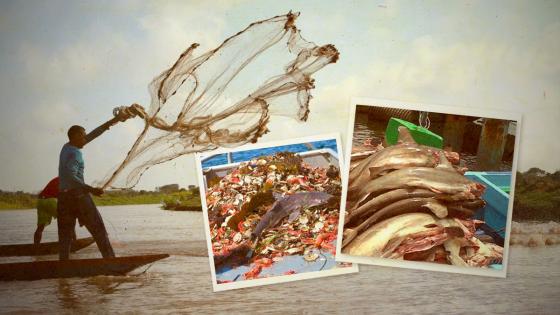“They think that this is going to bring more fish and there comes a point where it doesn’t happen,” Díaz points out, who adds that “no matter how much the fishing effort continues to increase, there comes a time when they don’t catch anything”.
The OECD report looks at the fisheries management of governments and points out that cases like China, which have too many fisheries subsidies, are occurring in the country: “That is called perverse incentives, because they are being encouraged to catch more (fish) without knowing how the stocks are in Colombia”considers Diaz.
THE OTHER SIDE OF FISHING
Bahía Solano, an area affected by the armed conflict in the Colombian Pacific, has become, according to MarViva, a model of sustainable fishing with responsible practices on the part of its fishermen, which has allowed the local community to preserve its marine resources. and improve their quality of life.
“We have dedicated ourselves to responsible and sustainable fishing,” points out the owner of Pesquera La Merluza, Jorge Iván Chica, and adds that the main objective of the fishermen is to guarantee that the fishing meets all the sustainability standards so that the fish enjoy good health and thus “the new fishermen and future generations They can continue to live off this.”
It all started with a “collapse” in 2006 because they were using all kinds of fishing gear that was harmful to the species.
“We were doing damage to ourselves and the environment”says the owner of this fishery. “We proposed to the Government to remove all harmful trammel nets, equipment and fishing gear”at the same time that they demanded a fishing zone under law.
Thus, in 2008, temporary resolution 2650 declared the exclusive zone for artisanal fishing (ZEPA) in the north of the department of Chocó, declared permanent in 2013 and at the same time it was extended to the limits with Panama and the Utría National Park.
“All fish must go through the average size of maturity and must be caught with a hand line in the ZEPA by artisanal fishermen of the region,” Chica affirms, and concludes that in Bahía Solano “a sensitization has been made with the fishermen, the owners of the fisheries and the inhabitants in order to preserve and conserve”.
